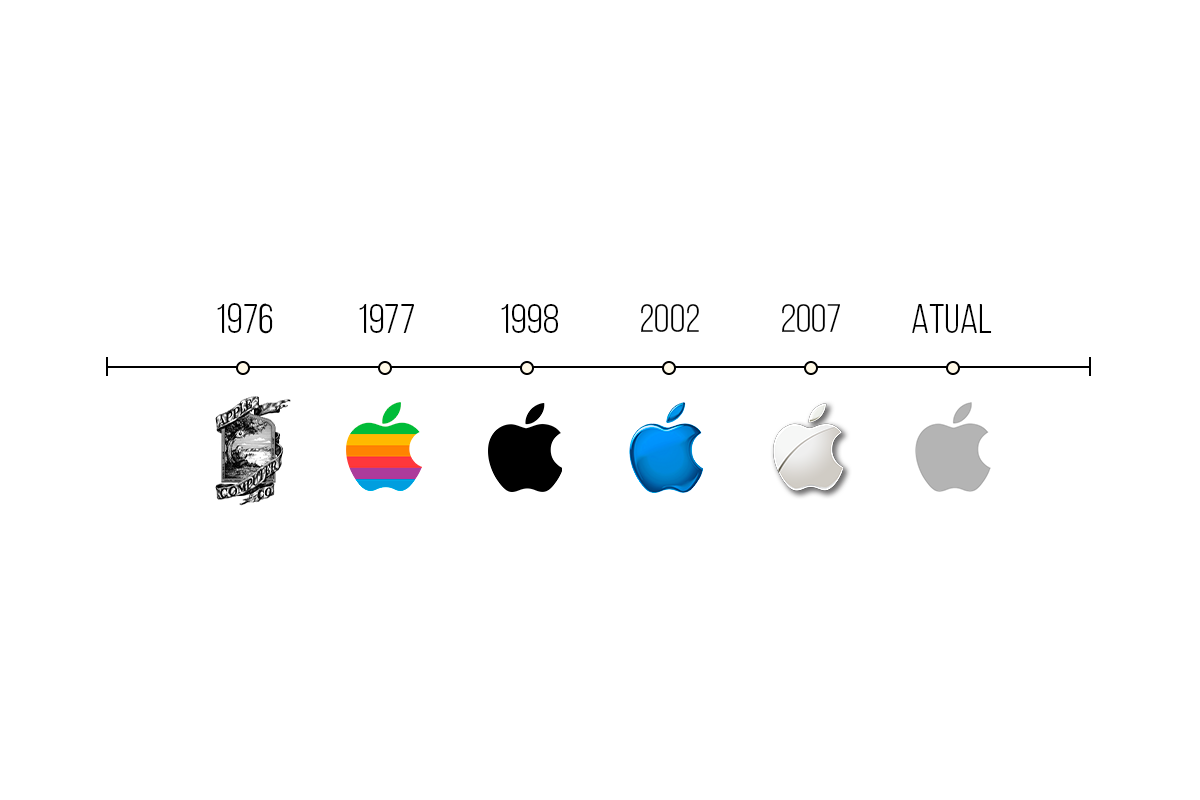Rebranding is the process of transforming a brand, which may involve changes in name, visual identity, market positioning, and even the company’s purpose. It’s more than a simple logo redesign – it represents a strategic renewal that’s often necessary to adapt to market changes, align with target audiences, or reposition the brand entirely.
1. What is rebranding?

Rebranding is the repositioning of a brand, which can include the alteration of various elements, such as:
- Company name
- Visual identity, like logo and color palette
- Main messages or slogans
- Market positioning
- Purpose and core values
This transformation can be partial (changes in some visual aspects) or complete (deep changes in brand identity and purpose).
Why consider rebranding?
- To keep up with market shifts.
- To distance from a negative image or reposition after a crisis.
- To align the brand with new values or a refreshed purpose.
- To reach new audiences or expand into new markets.
- To reflect significant changes in the business model.
2. When to rebrand: indicators and opportunities
Not every company needs to undergo a rebranding, but certain situations make this change necessary. The decision must be strategic and well-grounded.
Signs it’s time for a rebranding:
- Changing target audience: When your customer base has evolved, or you want to reach new consumers.
- Entering new markets: Expanding internationally or moving into different sectors.
- Worn-out image: The brand has lost relevance or suffered from a damaged reputation.
- Business model shift: The company has evolved, and the old positioning no longer aligns.
- Merger or acquisition: When two companies join and need to unify their identities.
Example: Facebook transformed itself into Meta, reflecting its focus on new technologies like the metaverse.
3. How to execute a successful rebranding

Successfully carrying out a rebranding requires strategic planning and careful execution. Here are the essential steps to transform your brand while retaining the trust of your audience.
Step 1: Research and diagnosis
Before beginning, understanding the brand’s current context and the audience’s expectations is critical. Conduct a detailed analysis of the market, competitors, and customers.
Helpful tools:
- Market research: Understand how the brand is currently perceived.
- SWOT analysis: Identify strengths, weaknesses, opportunities, and threats.
- Competitor analysis: Assess how other brands position themselves in the market.
Step 2: Define objectives and strategy
Based on the diagnosis, establish the rebranding goals and outline how it will be executed.
Essential questions:
- What does the company want to convey with this new identity?
- What will be the new market positioning?
- How will the change affect existing customers?
Example: Nubank maintained simplicity as a core value in its rebranding to attract new audiences without losing the brand’s essence.
Step 3: Develop the new visual identity
Visual identity is one of the most visible parts of rebranding. Logo, typography, colors, and slogan should all align with the new positioning.
Tips for creating a memorable identity:
- Hire professional designers to ensure a consistent image.
- Test the new identity with groups of customers before the official launch.
- Ensure the design is versatile and works across various media and platforms.
Step 4: Communicate and engage stakeholders
For the rebranding to succeed, all involved parties need to be informed and aligned. This includes employees, investors, partners, and customers.
Tips for communicating the change:
- Create a campaign to introduce the new identity.
- Explain the reasons for rebranding transparently.
- Engage employees in the process to foster internal support.
Step 5: Launch and implementation
The rebranding launch should be planned carefully to generate positive impact. Ensure that all communication channels are updated simultaneously.
Launch steps:
- Update the website and social media profiles.
- Send announcements to clients and partners.
- Organize events or marketing actions to promote the new identity.
Step 6: Monitor and evaluate
After launching, it’s essential to monitor the results to understand how the public has reacted to the change. Adjustments may be necessary to meet expectations.
Metrics to assess the rebranding:
- Social media engagement.
- Customer and employee feedback.
- Impact on sales and brand perception.
4. Examples of successful rebranding
4.1 Apple
Apple went through a rebranding over the years, positioning itself as a premium innovation and design brand. This change introduced new products and established the company as a tech leader.
4.2 Starbucks
Starbucks made a visual transition by removing its name from the logo, keeping only the mermaid icon. This change reflected the brand’s expansion beyond coffee.
4.3 Airbnb
Airbnb repositioned its brand with a new visual identity and a campaign focused on belonging, reinforcing its purpose of connecting people and cultures.
5. Common rebranding mistakes (and how to avoid them)

Rebranding can be risky. Below are some common mistakes and tips on how to avoid them.
- Lack of planning: Without a clear strategy, the change may create confusion.
- Ignoring customer opinions: Rebranding should consider the public’s expectations.
- Focusing only on visuals: The transformation should encompass all brand aspects, not just the logo.
- Poor internal communication: Employees need to be aligned for the rebranding to succeed.
Rebranding is a powerful tool for brands that want to reposition and remain relevant in the market. However, for the transformation to succeed, detailed research, clear strategy definition, and transparent communication are essential. With careful planning and precise execution, your company can reach new markets, attract new audiences, and strengthen its identity.
Frequently asked questions (FAQ)
1. What is rebranding, and why is it important?
It’s the process of transforming a brand’s identity to align with new values, audiences, or markets. It’s essential to maintain relevance and strengthen market positioning.
2. What are the signs that a company needs to do?
Signs include changes in target audience, entering new markets, worn-out image, or a shift in the business model.
3. How can I ensure a successful rebranding?
Conduct detailed research, involve stakeholders, and communicate the change transparently and thoughtfully.
4. What are the risks of to do?
Common mistakes include lack of planning, ignoring customer feedback, focusing only on visual identity, and inadequate internal communication.
5. How do I measure rebranding success?
Use metrics like social media engagement, customer feedback, and sales impact to evaluate the performance of the new identity.




